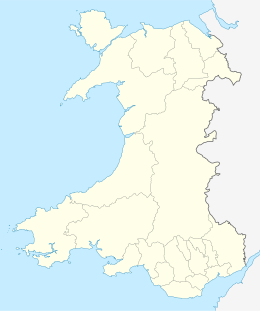 | |
| Geography | |
|---|---|
| Coordinates | 51°51′05.51″N5°24′43.88″W / 51.8515306°N 5.4121889°W |
| Archipelago | Bishops and Clerks |
| Area | 1.4 ha (3.5 acres) [1] |
| Administration | |
Wales | |
| County | Pembrokeshire |
| Demographics | |
| Population | 0 |
Emsger or South Bishop is an islet situated west of Ramsey Island, Pembrokeshire, Wales. It is the largest of the Bishops and Clerks group of islets and rocks.

